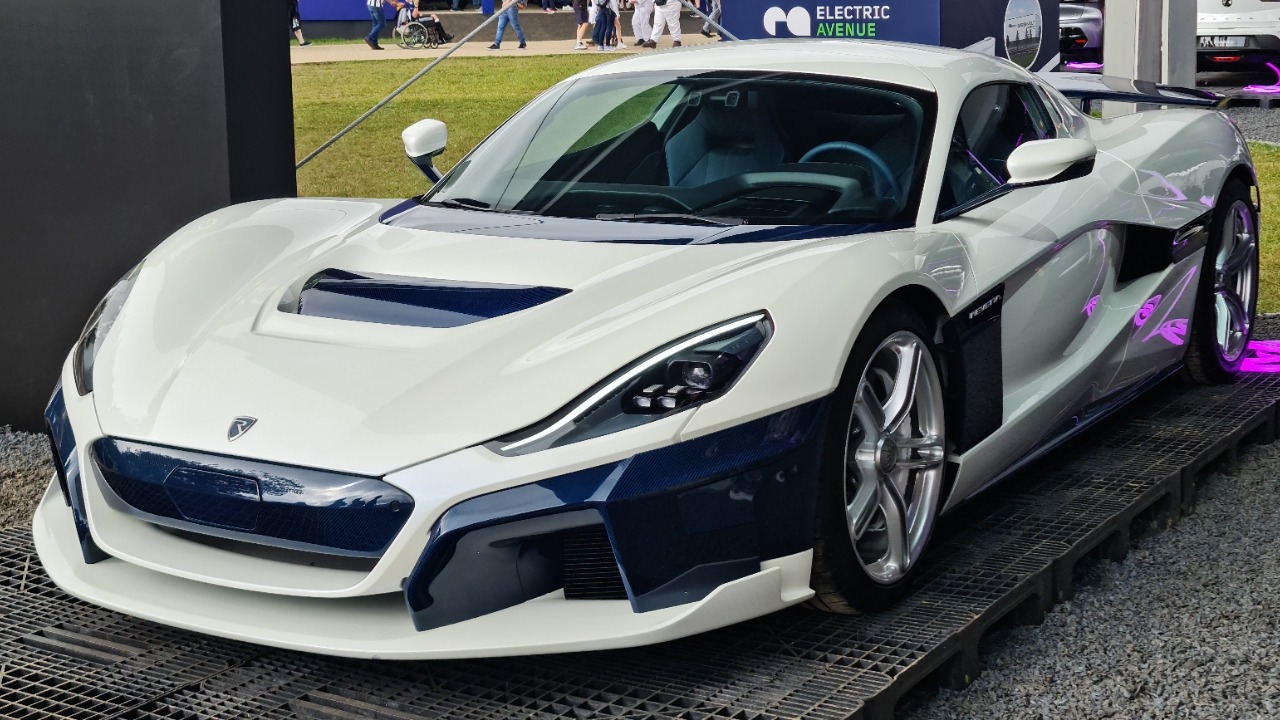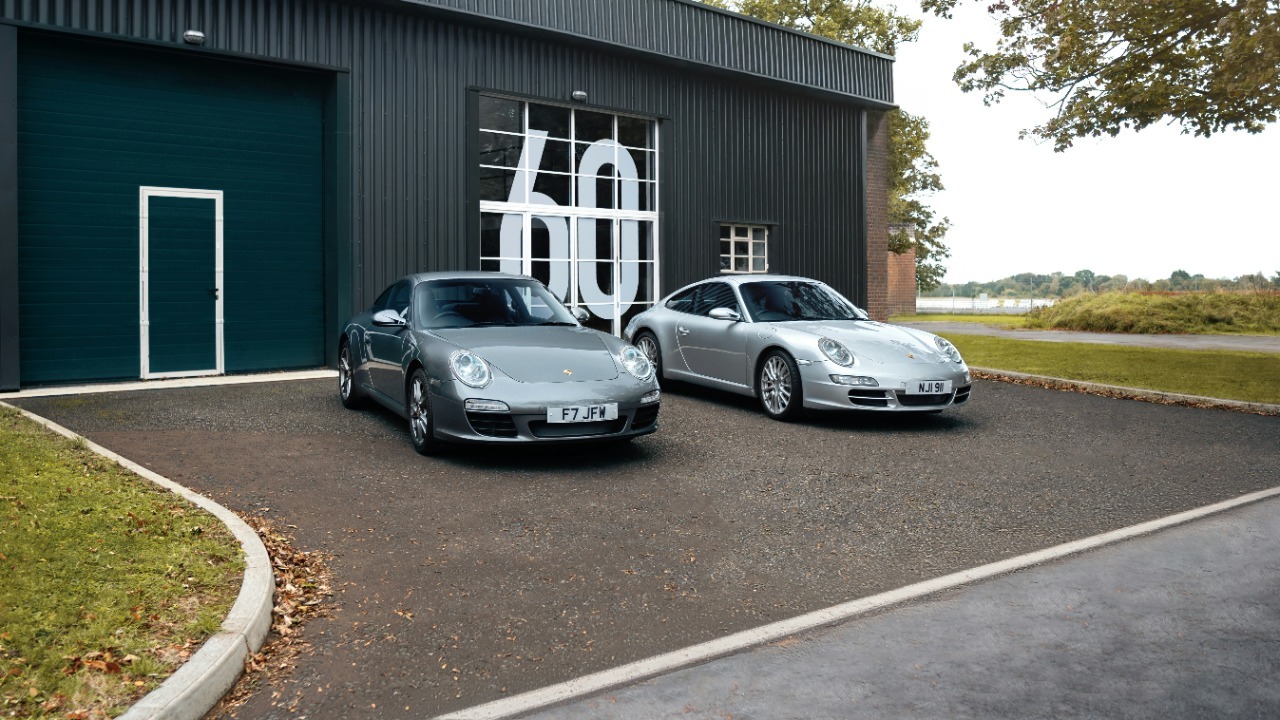By 1971, the Mercedes-Benz 280 SL had reached the end of its production run, but it wasn’t fading out quietly. Known for its clean design, rock-solid engineering, and road manners that never tried too hard, the W113 “Pagoda” roadster stood apart from flashier sports cars of the era.
This was a car built with restraint, not for showrooms but for real roads. Underneath the polished bodywork, it packed practical tech, smart suspension tuning, and a no-nonsense inline-six. The final-year 280 SL didn’t shout—it simply got everything right and left the drama to someone else.
The Final Year for the W113 “Pagoda”

1971 marked the end of the W113 series, and the 280 SL closed out the run. Known casually as the “Pagoda” for its concave hardtop, this was a roadster that didn’t lean on flash—it relied on precision. The design hadn’t changed much since its 1963 debut, but that’s because it didn’t need to.
The final-year 280 SL blended clean proportions with tight bodywork and subtle detailing. It wasn’t chasing trends. It was built to last, with panel gaps that held their line and paint that still holds up if properly maintained.
Inline-Six with Bosch Fuel Injection

Under the hood sits a 2.8-liter inline-six producing 180 horsepower and around 177 lb-ft of torque. It’s fed by Bosch mechanical fuel injection—cutting-edge for its time and more responsive than carburetors of the era.
The engine is smooth and surprisingly refined, delivering steady torque across the rev range. It wasn’t built for raw speed, but rather for consistent, usable power. Paired with either a 4-speed automatic or a 4-speed manual (a 5-speed ZF was a rare option), the drivetrain fits the car’s relaxed but competent character.
Fully Independent Suspension

The 280 SL rides on a four-wheel independent suspension system with coil springs, trailing arms out back, and double wishbones up front. This setup gives the car a planted, confident ride without being floaty.
Mercedes tuned it for comfort and control, not sharp handling. But there’s real balance when you push it a bit. It corners flatter than most ‘70s roadsters and doesn’t punish you over rough pavement. It’s more about smooth cruising with just enough feedback to keep things engaging.
Optional Hardtop, Standard Soft Top

The car came with a standard soft top that tucked neatly under a metal tonneau, and many buyers opted for the optional removable hardtop—the “Pagoda” roof that gave the model its nickname.
That hardtop wasn’t just for looks. It was structurally reinforced to improve rollover protection, and it changed the car’s feel dramatically. With the hardtop in place, it almost drove like a compact coupe. With the soft top down, it leaned into the roadster experience—open-air without giving up civility.
Interior Focused on Function Over Frills

The 280 SL’s interior was all about quality over excess. No wood veneer or unnecessary chrome—just clean lines, clear gauges, and solid switchgear. Materials held up well over time, especially in examples that haven’t been baked by the sun.
Seats were firm but supportive, and visibility was excellent thanks to the low beltline and thin pillars. It felt surprisingly modern inside for a car built over 50 years ago. Everything you need, nothing you don’t. No distractions. Just you, the road, and that inline-six.
Built Like a Tank, Drives Like a Car

One of the standout traits of the 280 SL is how solid it feels without being heavy-handed. At around 3,200 pounds, it wasn’t exactly light, but it carried that weight with composure.
Mercedes engineered it with tight tolerances and quality control that made lesser convertibles feel sloppy by comparison. You don’t hear rattles. You don’t feel flex. Even decades later, well-kept 280 SLs drive with a confidence that’s hard to find in cars of this era.
Four-Wheel Disc Brakes Were Standard

By 1971, the 280 SL came standard with power-assisted four-wheel disc brakes—a rarity for convertibles at the time. That gave it stopping power that matched its composed performance.
Pedal feel is firm but progressive, and the car slows down predictably without drama. It’s one of those features that doesn’t call attention to itself unless you’re used to drum brakes. Then it’s a revelation. It just works, and for a car that’s half a century old, that still matters.
Euro vs. U.S. Market Differences

U.S. versions of the 280 SL featured sealed-beam headlights, side markers, and emissions equipment that took a small bite out of performance. Euro models retained slimmer bumpers and more aggressive tuning.
The U.S.-spec cars were still strong performers, but the European versions had slightly better throttle response and a cleaner look. If you find a gray-market import, you’ll notice the differences right away. That said, both versions retain the core feel of the 280 SL—it’s just a matter of taste and region.
Timeless Design That Still Works

There’s a reason the 280 SL hasn’t aged out of relevance. The proportions are right, the lines are clean, and the design avoids any ‘70s-era excess. Nothing is exaggerated, and nothing feels overdone.
It’s a design that works in any setting—at a show, on a weekend run, or parked in a tight city street. The car doesn’t have to try to look good. It just does. That’s not about nostalgia—it’s about getting the basics right the first time.
A Fitting End to the W113 Era

The 1971 model year marked the swan song for the W113. Mercedes would replace it with the heavier, more complex R107, which never quite had the same light-on-its-feet feel.
The 280 SL wasn’t trying to be the fastest or the flashiest. It was engineered for people who appreciated control, quality, and style that didn’t lean on drama. And that’s probably why it still holds its own today. The W113 may have ended in ’71, but it never really disappeared.
Like what you read? Here’s more by us:
*Created with AI assistance and editor review.







Leave a Reply